Advocacy
50 mins
Introduction to the Universal Periodic Review
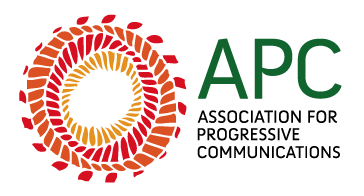
- Abstract:
- This course will give you an overview of how the Universal Periodic Review works and serves as a guide for CSOs to advance human rights and digital rights.
- About this course:
- You may have heard about the UPR, but what is it exactly and how does it impact human rights? How can it be used to advance digital rights? This course will teach you about different parts, players and processes to the UPR. Interactive quizzes and exercises will help you cement your learning for taking action so you can make an impact.
- What do I learn:
- You will learn about the fundamentals of the UPR process, different ways to approach the UPR and how CSOs fit into the picture. You’ll also learn how it can be a tool to advance human rights in digital contexts and what its strengths and weaknesses are.
- What do I need to know:
- This course is suitable for activists and human rights defenders who plan to take part in the UPR.
Trainers
- 1.1 Introduction to the course1.2 The basics: What is UPR?1.3 The history of the UPR and UN Human Rights Council1.4 UPR and Universal Human Rights1.5 Why does the UPR matter?1.6 Impact of the UPR on digital rights
- 2.1 Stage 1 of the UPR: Prepare2.2 Stage 2 of the UPR: Review2.3 Stage 3 of the UPR: Monitoring Implementation2.4 Different roles for states during the UPR2.5 The documents that frame the basis for the review2.6 Quiz: UPR basics
- 3.1 Timeline of notable changes made with the UPR3.2 Case study: APC on internet freedom in Bangladesh
- 4.1 How do CSOs fit into the UPR?4.2 Practical considerations for participating in the review4.3 Navigating the relationships: How to engage with governments4.4 Relationships between CSOs and countries: Do you approach them?4.5 Derechos Digitales and coalition case study: Internet freedom in Chile
- 5.1 India: Before, during and after submitting a UPR coalition stakeholders’ report5.2 Cameroon Coalition submissions on freedom of expression, digital rights and internet5.3 Case study: Human Rights Watch Submission to the UPR of Eritrea
- 6.1 Strengths and weaknesses of the UPR process6.2 How the UPR can be used to complement other advocacy6.3 Wrap up video
Related courses
 CUNY Brooklyn College
CUNY Brooklyn College
90 mins
 CUNY Brooklyn College
CUNY Brooklyn College
40 mins
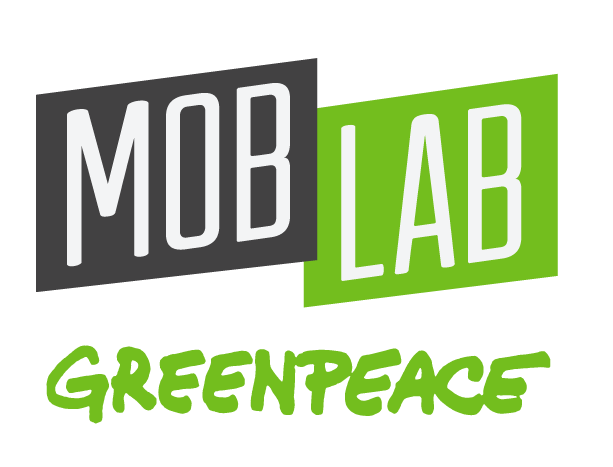 Greenpeace Mob Lab
Greenpeace Mob Lab
40 mins
 Greenpeace Mob Lab
Greenpeace Mob Lab
Suggested reading

Blog
Building Capacity for Monitoring & Documenting Human Rights Violations
The purpose of this assessment is to evaluate the efficacy of strategies used by HRPs/HRMOs for communicating during blackouts. The goal of this project envisages to see a ZimbabweanCivilSociety that is prepared to document and monitor human rights violations without hiccups during internet shutdowns.
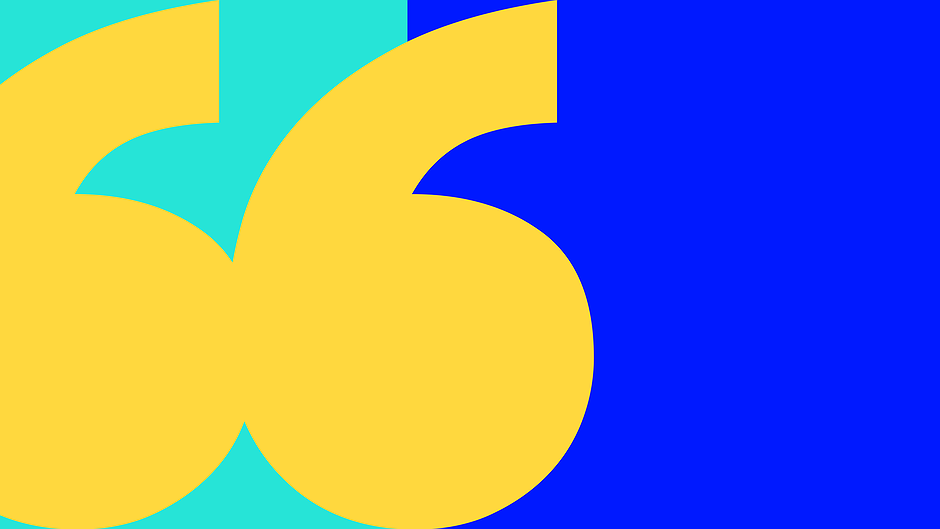
Blog
Advocacy Assembly Internet Shutdown Academy: Creative Strategies to Fight Back
Internet shutdowns are occurring increasingly globally, posing significant threats to freedom of expression, access to information & economic growth. These shutdowns manifest in various forms through different technical measures & are implemented by governments in various circumstances. Responding to this threat of internet shutdowns, Advocacy Assembly designed the Internet Shutdown Academy, a set of 10 full online courses in 7 languages!

Blog
Evaluating the Efficacy of State-Imposed Telecom Shutdowns in Northwest Nigeria
This article casts doubt on the shutdowns' effectiveness in curbing banditry, exposing alternative explanations for any temporary decrease in attacks. It questions the legitimacy of justifying these shutdowns as effective counter-terrorism measures, advocating for alternative approaches that prioritize community engagement, human rights, and development initiatives to address the root causes of insecurity and foster lasting peace in Northwestern Nigeria and Nigeria at large.

Blog
Impact of the Twitter Ban in Nigeria
This post is a research study on the impact of the Twitter ban in Nigeria on Human Rights Monitoring, Advocacy and Creativity. Read more.
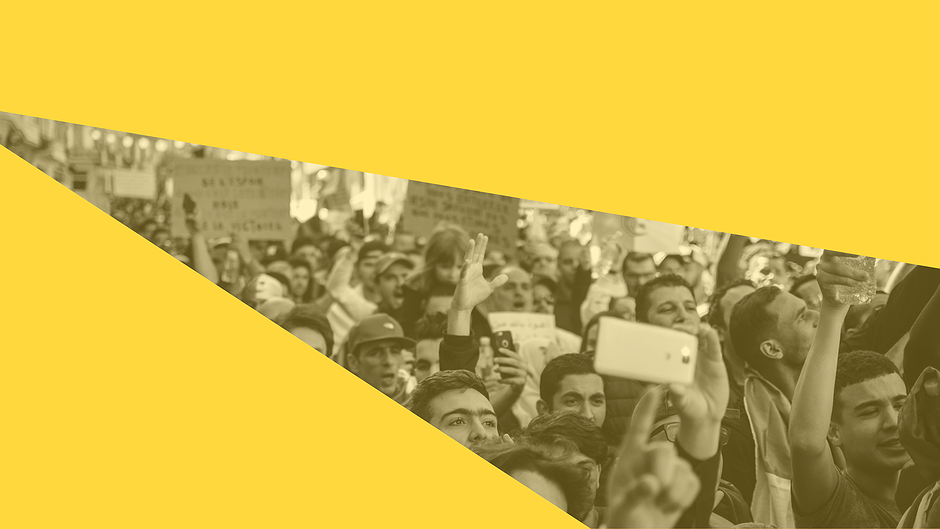
Blog
Four Free Toolkits to Fight Internet Shutdowns
Let’s tell you a little bit more about each toolkit!
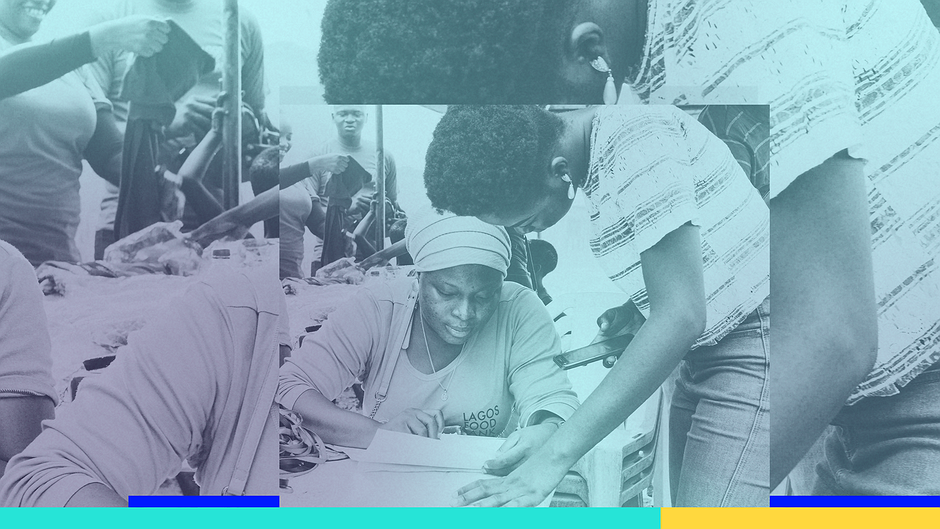
Blog
The Impact of Internet Disruptions on Farmers in Nigeria
In Nigeria’s Northwestern Sokoto State, farm workers grapple with geopolitical challenges, shifting climate realities, and economic turbulence. However, they now face a new, growing threat: a troubling rise in internet disruptions, which threatens their ability to work in an increasingly digitally connected world. Read more.
